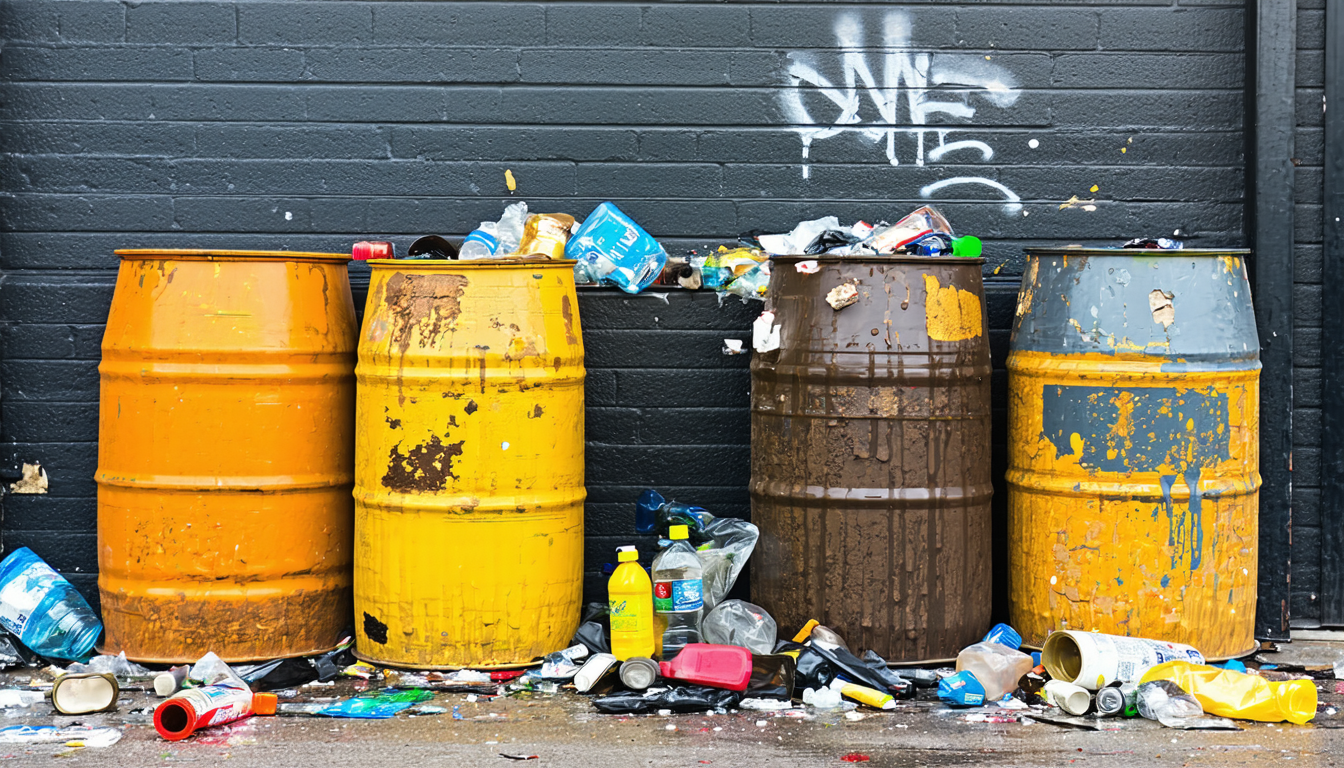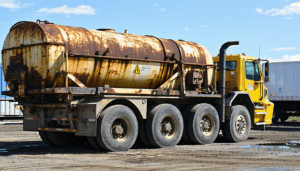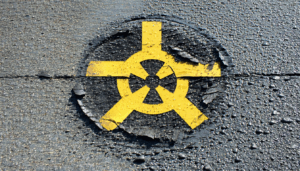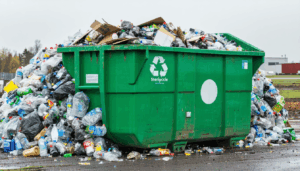Introduction
In the United States, the safe disposal of hazardous waste is a pressing concern for communities, businesses, and environmental advocates alike. With growing industrial activity and household use of chemicals, improper disposal poses risks to public health and the environment. This article explores the latest developments in hazardous waste disposal near me, including accessible facilities, regulatory updates, and expert advice on safe practices. From new federal guidelines to local resources, we uncover how Americans can responsibly manage hazardous materials and protect their surroundings.
Understanding Hazardous Waste in the U.S.
Hazardous waste includes materials like batteries, paints, pesticides, and medical waste that can harm human health or the environment if not handled correctly. The Environmental Protection Agency (EPA) estimates that the U.S. generates over 30 million tons of hazardous waste annually, with a significant portion coming from industrial sources. However, households also contribute through everyday items that require special disposal methods.
The challenge lies in ensuring these materials don’t end up in regular landfills or waterways. Mishandling can lead to soil contamination, air pollution, and health issues like respiratory problems or chemical exposure. For residents searching for “hazardous waste disposal near me,” knowing where and how to dispose of these items is critical.
Locating Hazardous Waste Disposal Near Me: Options and Resources
Finding a disposal site is easier than ever thanks to online tools and local programs. The EPA’s website offers a directory of certified facilities across the country, while many state environmental agencies provide interactive maps for drop-off locations. Additionally, counties often host collection events for items like electronics or old medications.
Here are some practical steps to locate services:
– Visit the EPA’s Resource Conservation and Recovery Act (RCRA) Info page for facility listings.
– Check with local waste management authorities for scheduled collection days.
– Use apps like RecycleNation to find nearby recycling or disposal centers.
– Contact retailers, as some accept specific items like batteries or paint for recycling.
In 2023 alone, over 5,000 collection events were held nationwide, diverting millions of pounds of hazardous materials from improper disposal. These initiatives show a growing commitment to accessibility for all Americans.
Recent Regulatory Updates on Hazardous Waste Management
The federal government continues to tighten regulations to ensure safer handling of dangerous materials. In early 2023, the EPA introduced stricter guidelines for managing pharmaceutical waste, aiming to reduce the risk of drug contamination in water supplies. This follows a 2022 report showing that over 60% of U.S. waterways tested positive for trace pharmaceuticals.
According to Dr. Linda Harper, an environmental policy expert at GreenSafe Institute, “These regulations are a step forward in protecting our ecosystems, but enforcement at the local level remains a challenge. Communities must be educated on proper disposal methods to bridge the gap.” Such updates underscore the need for public awareness alongside policy changes.
Impact on Communities and Businesses
Improper hazardous waste disposal affects more than just the environment—it hits close to home for many U.S. residents. Contaminated sites can lower property values, disrupt local economies, and burden taxpayers with cleanup costs. The EPA notes that over 1,300 Superfund sites—areas heavily polluted by hazardous waste—still require remediation, costing billions annually.
For businesses, compliance with disposal laws is non-negotiable. Fines for violations can reach hundreds of thousands of dollars, as seen in a 2023 case where a Midwest manufacturer was penalized $250,000 for illegal dumping. Small businesses, in particular, need affordable access to disposal services to avoid such penalties while maintaining operations.
Future Outlook: Innovations and Challenges
Looking ahead, technology offers promising solutions for hazardous waste management. Innovations like chemical neutralization processes and advanced recycling systems are gaining traction, potentially reducing landfill dependency. However, funding and infrastructure remain hurdles, especially in rural areas with limited access to facilities.
Balancing economic growth with environmental safety will be key. Some experts advocate for stricter penalties to deter illegal dumping, while others push for incentives like tax breaks for companies adopting green practices. Both perspectives highlight the complexity of achieving sustainable progress in this field.
Conclusion
Navigating hazardous waste disposal near me is a shared responsibility for U.S. residents and businesses alike. With millions of tons of dangerous materials generated each year, leveraging local resources, staying informed on regulations, and supporting innovative solutions are vital steps forward. As policies evolve and awareness grows, Americans have the tools to protect their communities from the risks of improper disposal. By acting now, we can ensure a safer, cleaner future for generations to come.
Frequently Asked Questions (FAQs)
1. What qualifies as hazardous waste?
Hazardous waste includes items like batteries, solvents, pesticides, and medical sharps that pose risks to health or the environment if mishandled.
2. How can I find hazardous waste disposal near me?
Use the EPA’s online directory, check with local waste authorities, or attend community collection events to locate nearby facilities.
3. Are there fees for disposing of hazardous waste?
Fees vary by location and material type. Some municipal programs offer free drop-offs, while private facilities may charge based on volume or item.
4. What happens if I dispose of hazardous waste incorrectly?
Improper disposal can lead to environmental contamination, health risks, and legal penalties, including fines or cleanup costs.
5. Can businesses dispose of waste at household collection events?
Typically, no. Businesses must use certified commercial disposal services to comply with federal and state regulations.




